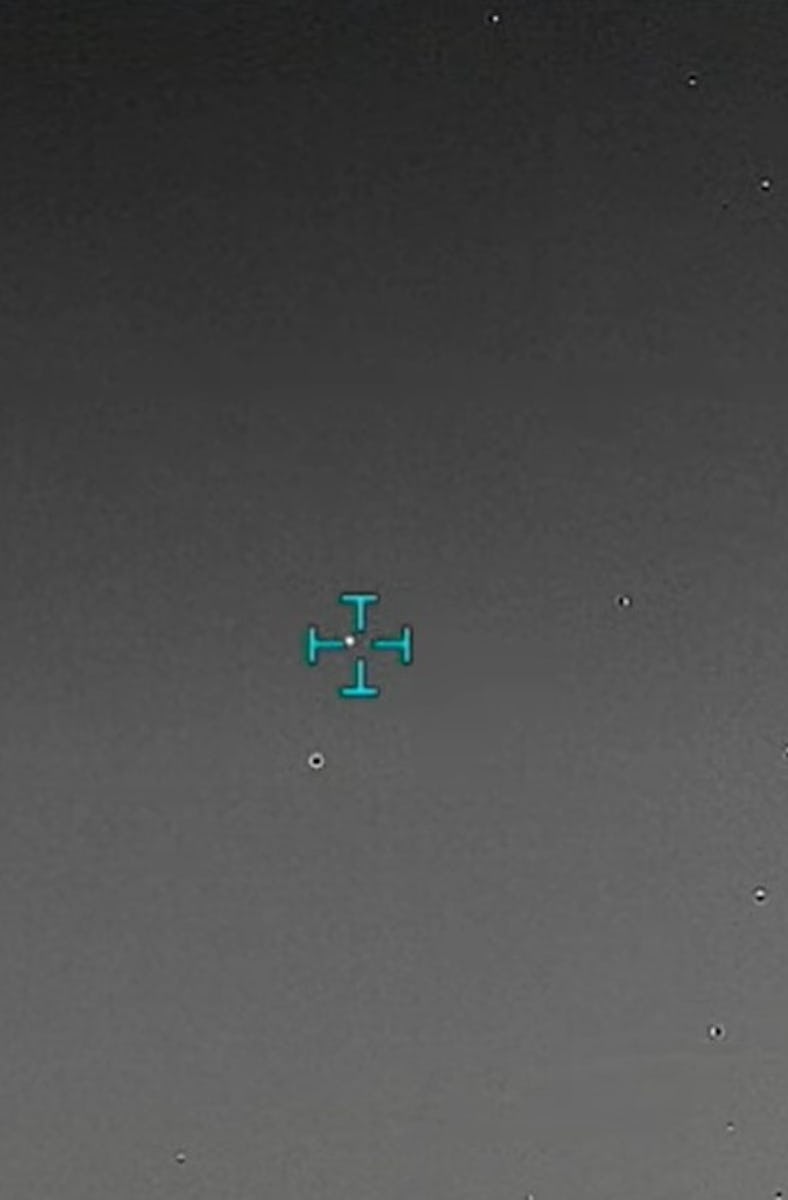NASA Says Some "Unidentified Anomalous Phenomena" Are Unexplainable — Here's What They Might Be
A panel of NASA and Pentagon experts publicly discussed UAP, “unidentified anomalous phenomena.”

In a press event on Wednesday, NASA announced that of 800 “unidentified anomalous phenomena” (UAP, once known as UFO) reports from the military, roughly 16 to 40 cannot be explained by more common issues like incorrectly calibrated sensors, distant aircraft, or pesky weather balloons, leaving those few dozen reports “anomalous.”
In an ongoing effort to explain UAP, NASA held a public meeting where its panel of 16 experts could raise questions to Pentagon and Federal Aviation Administration (FAA) leaders. While the official report from the group — which was announced last year — isn’t due to be released until later this summer, Wednesday’s event provided a glimpse into some of its findings.
According to the Pentagon’s All-domain Anomaly Resolution Office (AARO), most UAPs happen outside piloted aircraft, but also near the border with space or at sea. But before calling these alien sightings, we may want to take a look at what anomalous might actually mean to the group.
Sean Kirkpatrick, the leader of the Pentagon’s AARO, showed this slide during Wednesday’s hearing. It shows where the UAP can be plotted in terms of geographic location, altitude, and type.
The data is not high-quality enough
AARO director Sean Kirkpatrick defined “anomalous” as something without a current explanation. He emphasized at the event that most of the roughly 800 existing UAP sightings have “mundane” explanations. And often, a lack of information about the odd targets can give a sighting a persistent “anomalous” status. Only two to five percent of UAP reports fall into this category.
During Wednesday’s hearing, Nicky Fox, associate administrator of NASA’s Science Mission Directorate, said that unfortunately, the data for many of these objects wasn’t good enough. Military aircraft have sensors that are calibrated to place a weapon on a target, not specialized to study the physics of these objects. This means that they are prone to observing ordinary phenomena as unexplainable. But that’s part of the process, and the panelists all said they hope the stigma against reporting UAP goes away.
Kirkpatrick shared that anomalous UAP sightings were subjected to rigorous analysis. AARO is doing modeling and simulations to validate theories, such as how a sensor might produce a UAP sighting as its narrow calibration observes the environment.
AARO has shared these anomalous cases with NASA so the space agency can recommend paths of study, he said. AARO’s work will take time if it’s to be done right, he added.
What are these sightings?
Among some of the anomalous reports, Kirkpatrick says that many just weren’t readily understandable by the operator or the sensor. That could include maneuvers against the wind where an object appears to have no apparent propulsions. In one case where an object suddenly seems to enter water, Kirkpatrick says AARO found it was actually a sensor issue.
AARO’s recommendations to NASA to explore UAP include: having a prescribed format for handheld camera observations, figure out if large-scale ground-based observations with existing tools is possible, a review of data from Earth-observing satellites, find a way to compare existing NASA data with the parameters set for UAP sightings, and building international partnerships to study UAP.
Kirkpatrick hopes AARO will quickly resolve another frequent source of UAP reports — weather balloons. There are 120 weather stations that release balloons twice a day for a couple of hours each flight, until their envelope bursts and they return back to Earth, Mike Freie of the FAA’s Air Traffic Surveillance Services Office said on Wednesday. Though the FAA is notified about these instances, military pilots might not, and could read their behavior as seen on sensors as odd.
The importance of the scientific method
Sensors, even expensive ones, can make anomalous signatures.
The leader of the 16-person NASA team, David Spergel, explained an instance in the field of fast radio burst astronomy, where researchers had accidentally triggered readings on their scientific instruments when they had microwaved their lunches incorrectly. Spergel was making the point that even scientists are capable of making an uncalibrated instrument produce puzzling observations.
But stigma and harassment could upend the scientific method required to solve these peculiar cases. Kirkpatrick, Fox, and Daniel Evans, Assistant Deputy Associate Administrator for Research within NASA’s Science Mission Directorate, said they and their colleagues have been subject to harassment as a result of their UAP work. One consequence is that it perpetuates the stigma associated with reporting these sightings.
Analyzing UAP reports is essential to unpack “the safety of our skies,” Evans said. For now, NASA will continue to work with its government partners to apply what Evans called “rigorous scientific scrutiny” to the sightings.
In addition to the forthcoming NASA report, Kirkpatrick said AARO will publish its annual report on UAP sightings in August.